Lechang Ancient Buddha Karst Cave Scenic Area is one of the most remarkable Karst Caves in the country. It consists of the Ancient Buddha Rock, the Ancient Buddhist Temple, the Northern Guangdong Buddha, and the Zuixian Cave. It is well-known for its Ancient Buddha Rock which is a classic Karst landform with a surface area of 12000 square meters, three overlapping strata, and a big karst cave. The average temperature is between 18 and 19 degrees Celsius. It’s a great spot to escape the summer heat and stay warm throughout the winter.
Visit the Ancient Buddha Temple
The Ancient Buddha Temple which in the Guanyin Rock was founded during the Ming dynasty. It is linked to the Ancient Buddha Cave. It is renowned among visitors who pray for good luck since it is the oldest Natural Stone Guanyin. The “Ancient Buddha Cave(古佛洞天),” which is caved into the rock, is still in existence. Wu Zheng, a KMT officer, caved it in 1941 to cure his wounds.
Guanyin Rock is a karst limestone cave. For a long period, groundwater dissolves along the limestone cracks. The rock is controlled by joint fissures and layers and collapses to build a bigger cave when a particular space is formed.
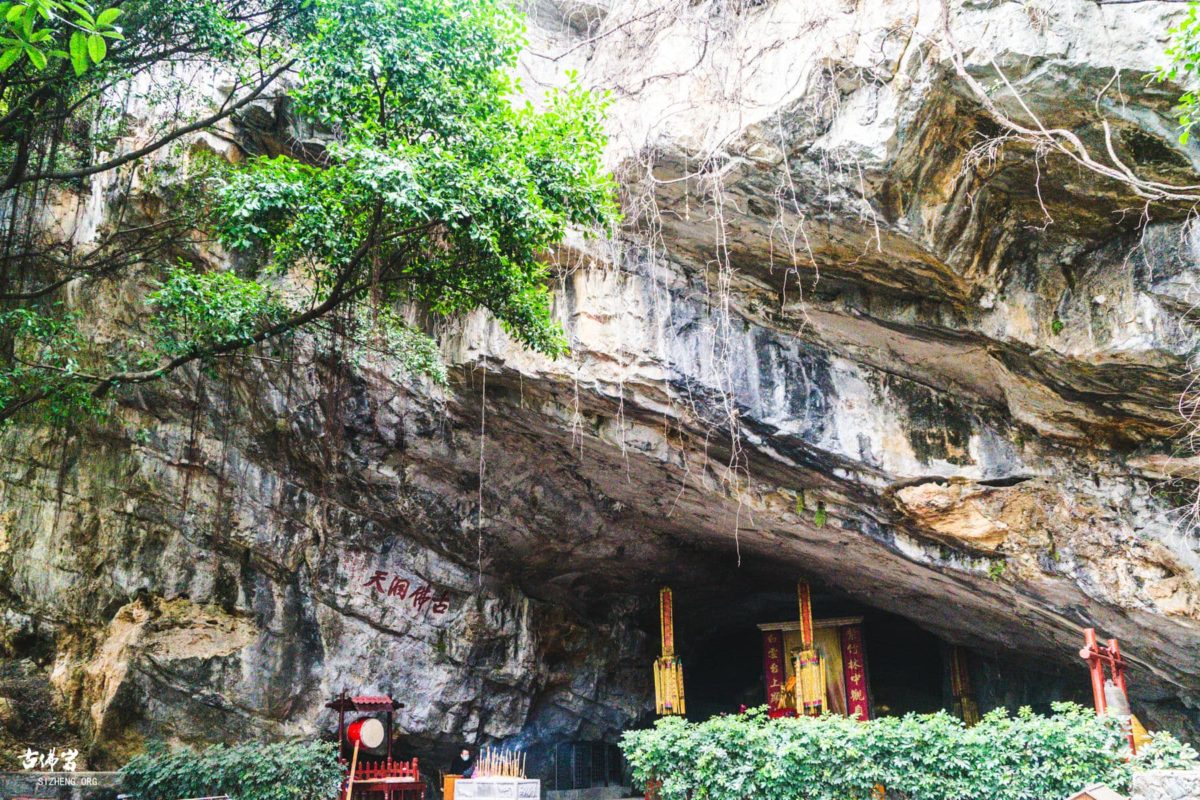
Explore the Ancient Buddha Rock
The ancient Buddha rock cave is 600m long and runs from east to west. It is separated into three floors: top, middle, and basement.
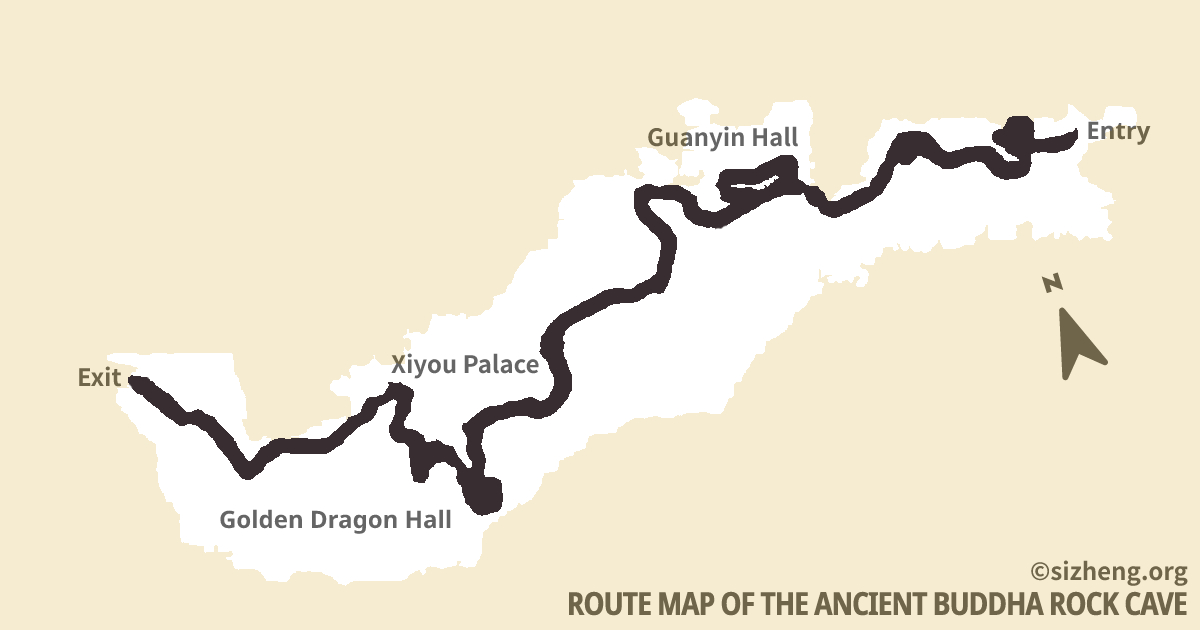
Travertines in a variety of artistic shapes can be found in karst caves, as can cave deposits formed by dripping water, flowing water, intermittent flowing water, and so on. Stalactites, stalagmites, stone pillars, stone mantles, stone waterfalls, flow stone dams, and other stalactites, stalagmites, and stalagmites can be found in groups, with remarkable scale and strange formations. The environment is stunning and concentrated, creating the illusion of being in a fairyland.





Guanyin Hall
In the cave hall, there are cave deposits such as stalactites, stalagmites, stone pillars, and stone mantles. Because the form of one stalagmite resembles Guanyin Bodhisattva, the cave is known as Guanyin Hall.
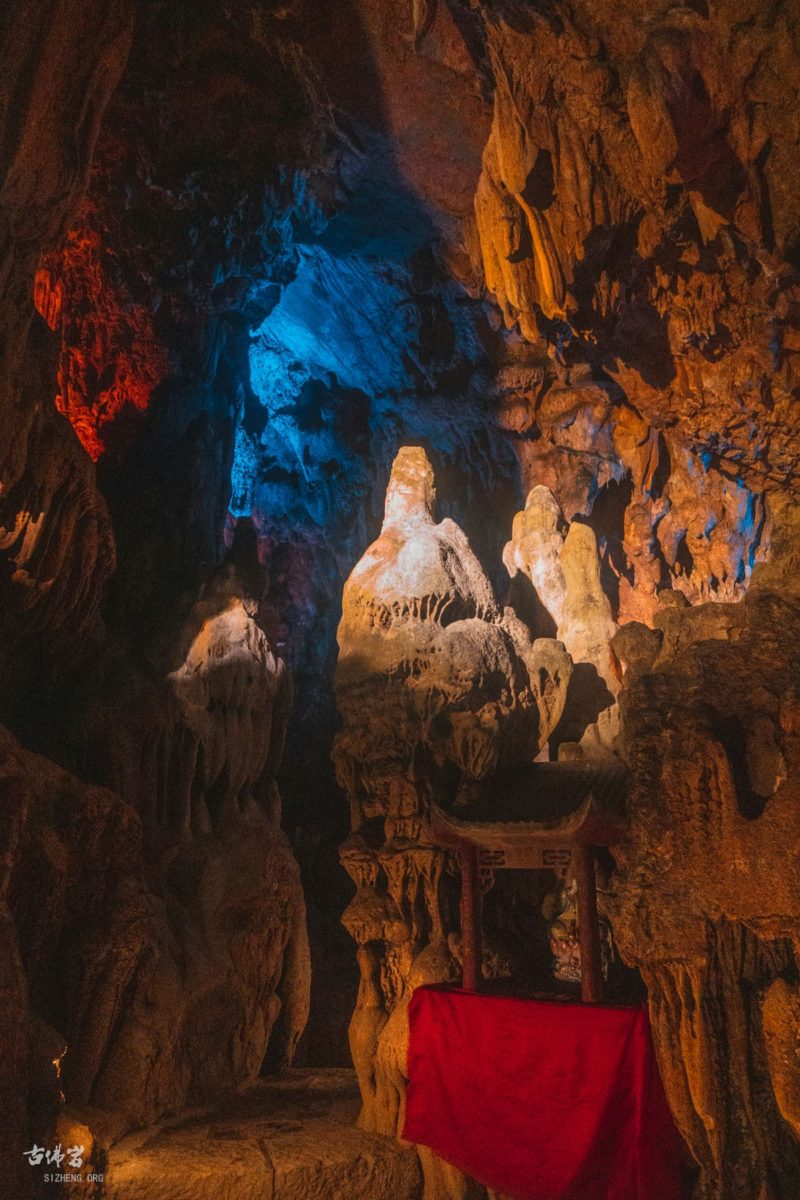
When water slowly drips down from the cave’s roof, the calcium bicarbonate in the water decomposes to generate deposited calcium carbonate while also emitting carbon dioxide. Some are placed on the cave’s roof, while others are dumped on the cave’s floor. Stalactites form at the top of the cave and stalagmites form at the bottom as time passes.






Magic Cudgel
The Magic Cudgel is a majestic stalagmite in the Xiyou Palace, measuring 12m in height and 3m in circle.
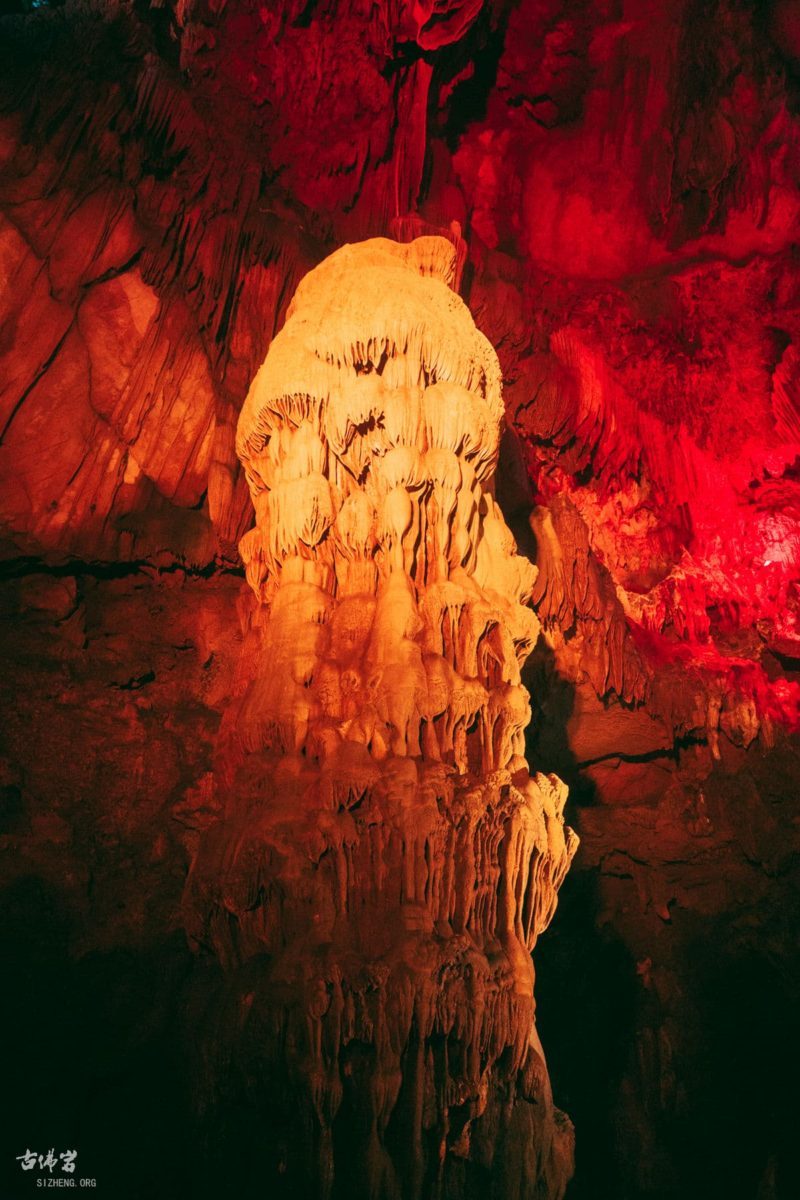
Golden Dragon Hall
Calcium carbonate accumulates in a layered accumulation along the cave’s wall or top, generating a stone mantle and a belt-shaped stone waterfall, which are spread in a band along the cave wall and form a golden dragon to circle on the cave wall. As a result, the cave hall is known as Golden Dragon Hall.
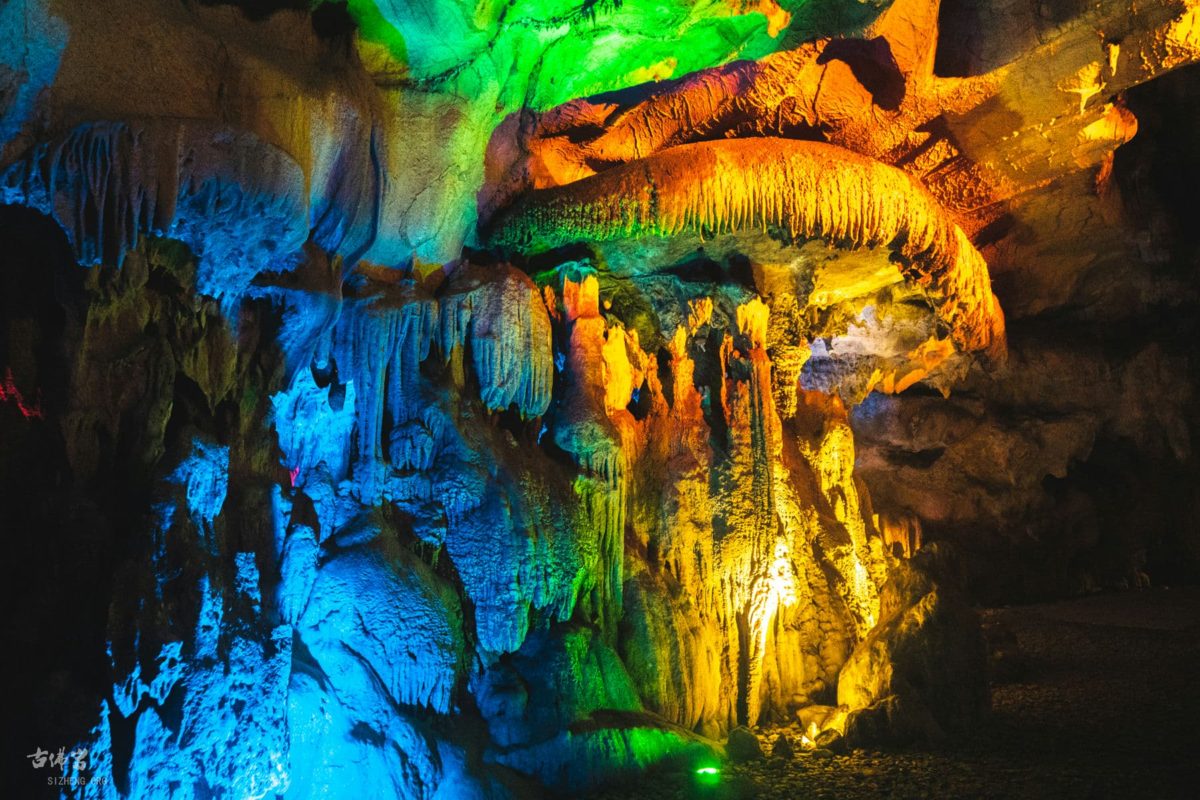
View the Northern Guangdong Buddha
The Great Buddha of Northern Guangdong, located on the mountain’s rear side, is a modest statue in a tranquil location.
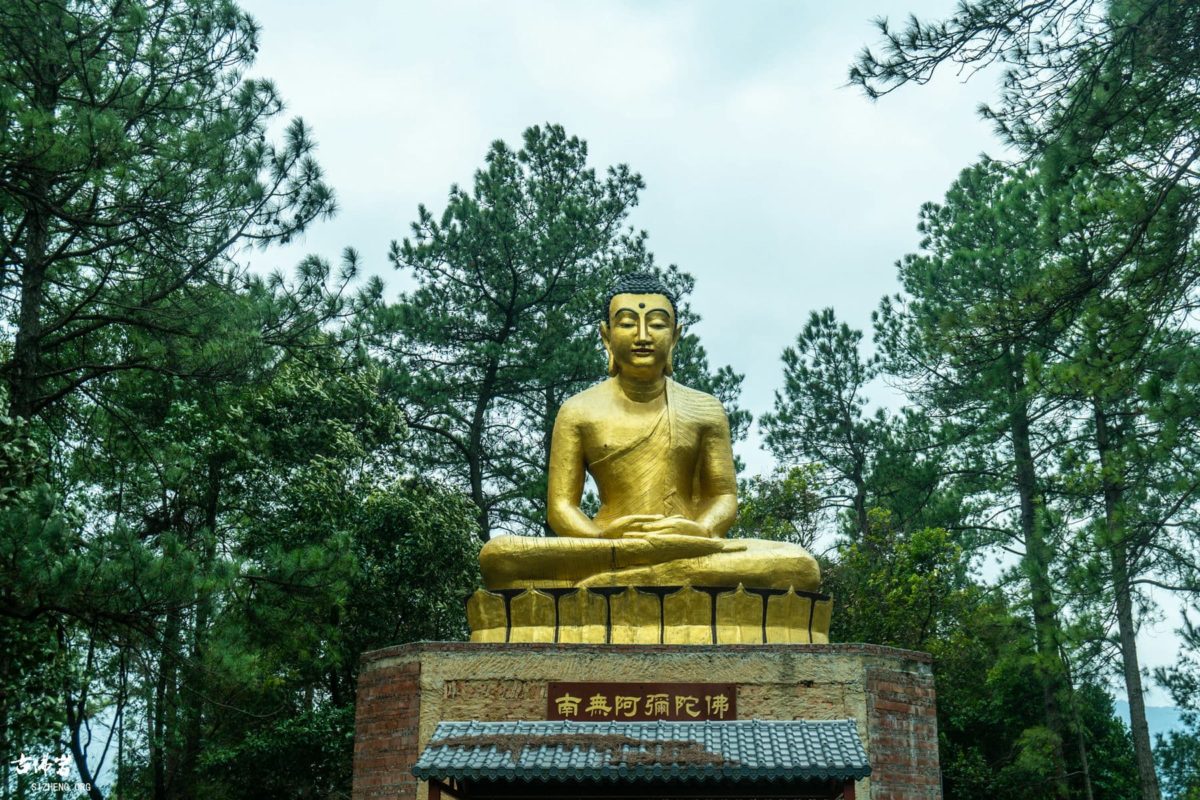
Come explore the Lechang Ancient Buddha Cave, visitors will enjoy explore this natural wonder while learning about the area’s geological history and evolution.


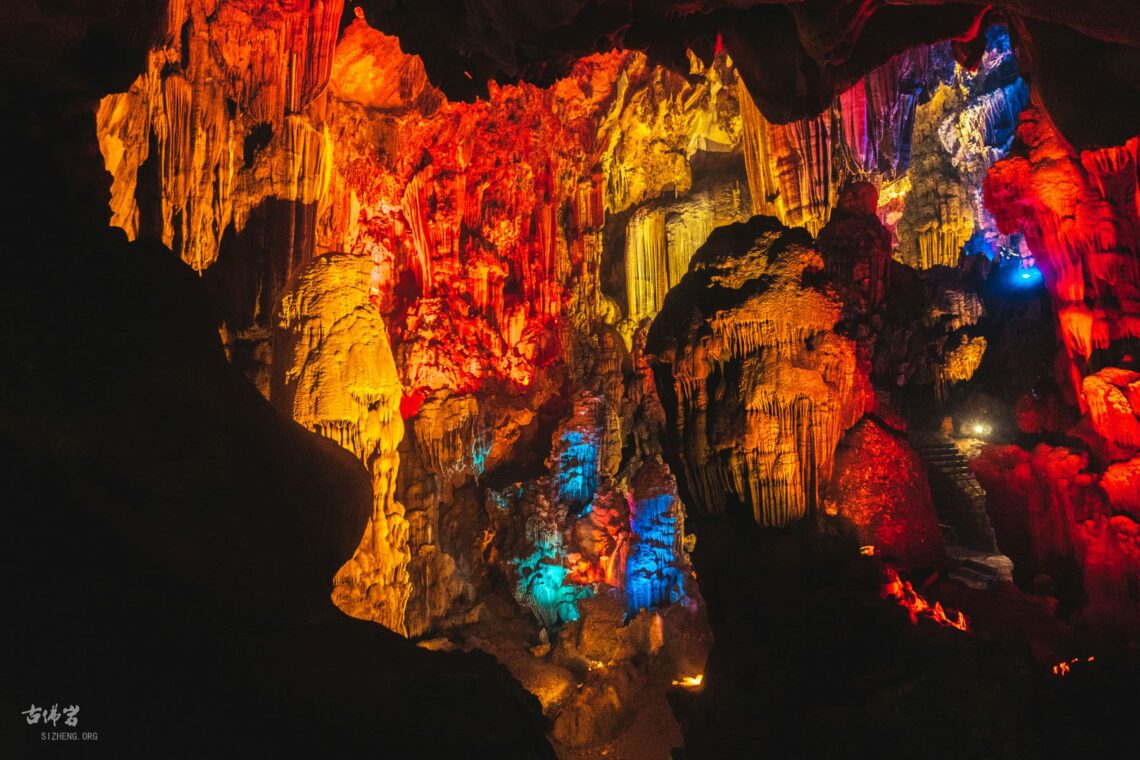





Leave a Reply